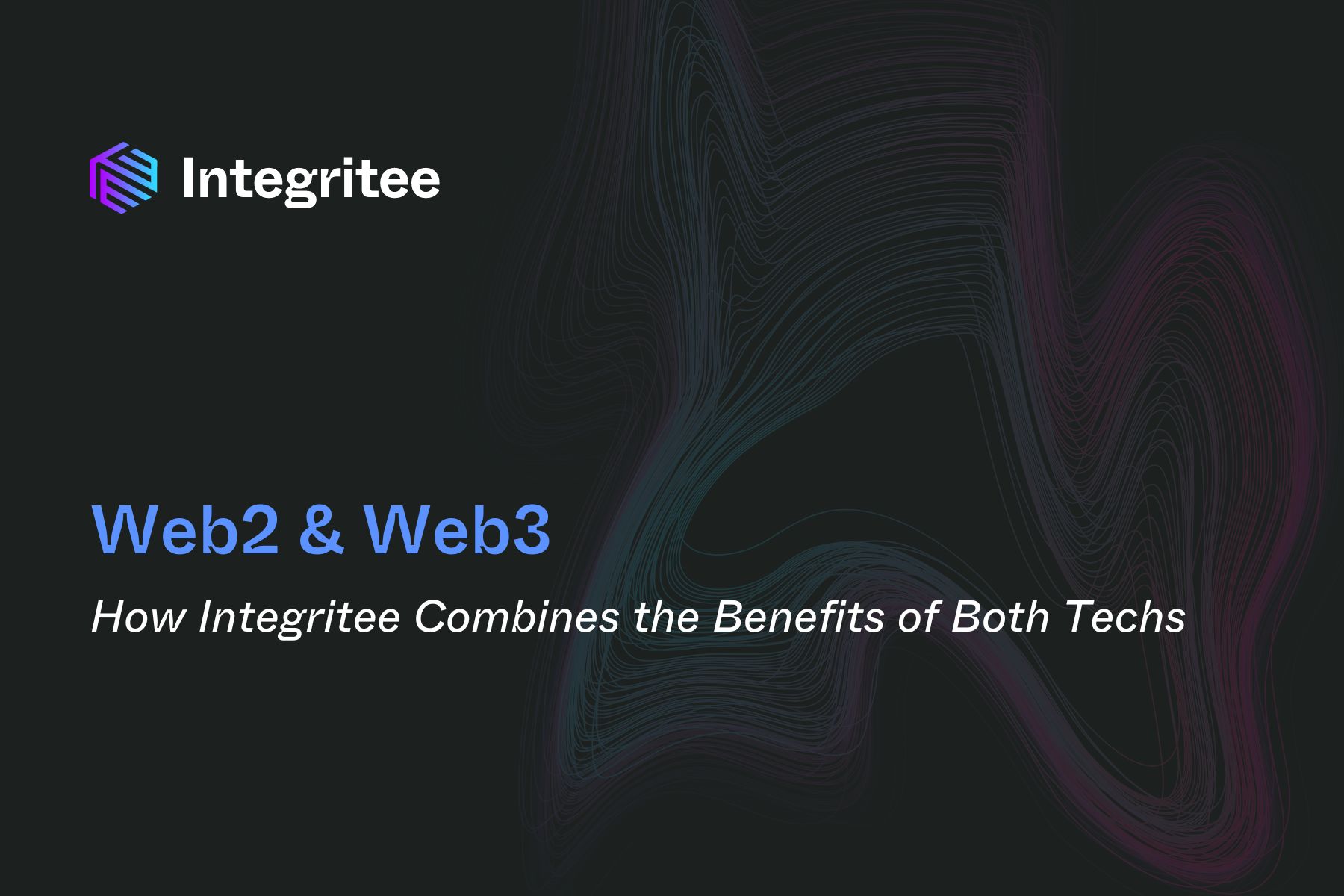Web3 has a lot of promise, but there is a fundamental problem that hinders adoption: the blockchain trilemma. While the trilemma is sometimes used as a tool for competitive analyses between blockchains, Web2 infrastructure can also be positioned within it. A centralized server is akin to a network with only “one node”. This provides a scalable solution, but one that is comparatively insecure because a single user with admin-level access can compromise the integrity of the entire network.

Thus, Web2 is at the pinnacle of speed and low transaction costs. Consumers can use most services free of charge, other than the difficult-to-quantify cost of sharing private data with the service provider. This data is then monetized, which has produced some of the most valuable companies ever to exist.
As Web2 systems operate with a “single node”, users have grown accustomed to being told that their data is being managed securely and privately, but they have no way to verify whether these assurances are true. Meanwhile, companies from outside the tech sector have begun to acknowledge that their data could be very valuable, but they lack the means to build and operate their own private cloud efficiently. In the Web2 world, Intel SGX is the industry-leading technology for ensuring that data stays where it should be, in an unaltered state. This provides an extra layer of protection deployed on the hardware level for security-critical applications.
But what about Web3? Isn’t blockchain supposed to be the more “secure” option? Yes, but higher security comes at the cost of efficiency. Another downside is that there is no privacy for on-chain data: blockchains tend to be transparent by nature because multiple nodes need to communicate and agree about the current state of the chain (data).
As a result, users are caught between a rock and a hard place. They can either accept the unverifiable promises of large tech companies, or live with the cost, performance, and privacy compromises inherent in Web3 services. But what if we could combine the security advantages of a blockchain with the scalability and privacy of Intel SGX? This is exactly what Integritee does.
Deployed as a parachian on Kusama (Polkadot), Integritee enables Web3 ecosystems to run at close to Web2 speeds, with the additional benefit of adding privacy to the chain. As the network is secured by the Kusama relay chain, even in the highly unlikely event that Intel SGX fails, the nodes would still need to be located and tampered with. This means that in a worst-case scenario, some private information might be leaked, but the integrity of the data would remain intact.
Integritee has benefits for users and systems that transcend the boundary between Web2 and Web3. It adds blockchain security to the industry standard in secure computation so that users no longer need to rely on cloud providers, which are more likely to be targeted by cybercriminals. Thus, as a consumer, by using a data service powered by Integritee, you could benefit from the additional security and privacy it provides without being consciously aware of being a “Web3 user”.
Blockchain security makes Intel SGX better. Adding Intel SGX to the blockchain makes blockchain better. In this way, the Integritee Network combines the benefits of Web2 and Web3 technologies.
